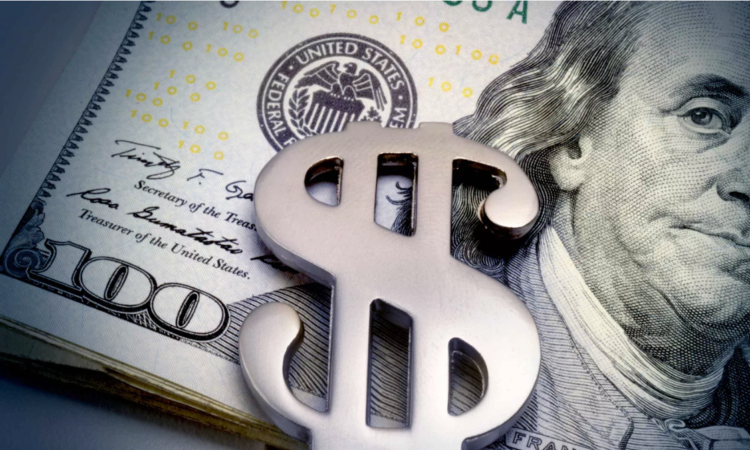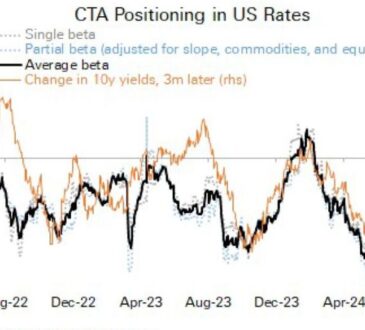
The dollar is one of the centerpieces of not just the U.S. economy but the world economy too, and our highly-experienced Kiplinger Letter team will keep you abreast of the latest developments and forecasts (Get a free issue of The Kiplinger Letter or subscribe) for the dollar. You will get all the latest news first by subscribing, but we will publish many of the forecasts a few days afterward online. Here’s the latest…
Talk of challenging the buck is growing. Countries hit by U.S. financial sanctions in relation to the war in Ukraine see those efforts as the “weaponization of the dollar,” and are trying to promote alternatives to the dollar as the currency used in most trade and as the global reserve currency.
Cryptocurrency fans argue crypto is better than any government-backed money since crypto can’t be manipulated by governments or central banks.
Sign up for Kiplinger’s Free E-Newsletters
Profit and prosper with the best of expert advice on investing, taxes, retirement, personal finance and more – straight to your e-mail.
Profit and prosper with the best of expert advice – straight to your e-mail.
The dollar still reigns despite challenges
These sorts of warnings are nothing new. In the 1990s, the Japanese yen was talked about as a replacement for the dollar. Then it was the euro. We expect the dollar to retain its supremacy.
But that doesn’t mean changes aren’t afoot in the international payments system. It’s important to know what’s coming as the dollar faces new rivals.
First, consider what’s at stake. The U.S. enjoys several major economic advantages by virtue of issuing the most widely used currency in the world.
Worldwide demand for dollars helps keep interest rates lower for borrowers here. The ubiquity of the dollar in global commerce reduces transaction costs across borders and also lowers the price of imported goods. Borrowers in the U.S. don’t have to worry about fluctuations in the currency they borrow in, either.
Which currencies pose the biggest challenge to the dollar?
Now, several emerging-market countries want to dethrone the dollar by creating their own shared currency, somewhat akin to the euro. They resent the role of the dollar in commerce. But banding together to launch a new currency is very hard.
The more likely challenger: China’s yuan. Beijing wants China to be insulated from any future financial sanctions like the ones Washington slapped on Russia. It has already built its own international payments system as an alternative to SWIFT, long the dominant system, from which Russia has been cut off. It’s also succeeding in getting the yuan used in more cross-border transactions. Russia in particular has embraced China’s currency to help it keep selling its energy and other exports.
China wants to supplant the dollar in its bid to be the new world superpower. While the yuan is sure to gain wider usage, it’s unlikely to replace the dollar. China won’t liberalize its finances to give the yuan the dollar’s advantages, its ease of use, convertibility, freedom to float in value as the economy warrants, etc.
The challenge from within the U.S.
The most immediate threat to the dollar’s reserve status may be domestic: The risk that the U.S. may breach its debt ceiling and miss interest payments on Treasury bonds is the sort of thing that undermines global confidence in the dollar.
We still think Congress and the president will avert that danger. But our fiscal strains aren’t going away, a hard political reality that both parties will have to grapple with.
This forecast first appeared in The Kiplinger Letter. Since 1923, the Letter has helped millions of business executives and investors profit by providing reliable forecasts on business and the economy, as well as what to expect from Washington. Get a free issue of The Kiplinger Letter or subscribe.




